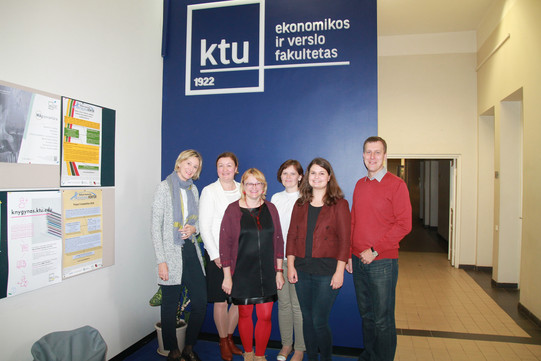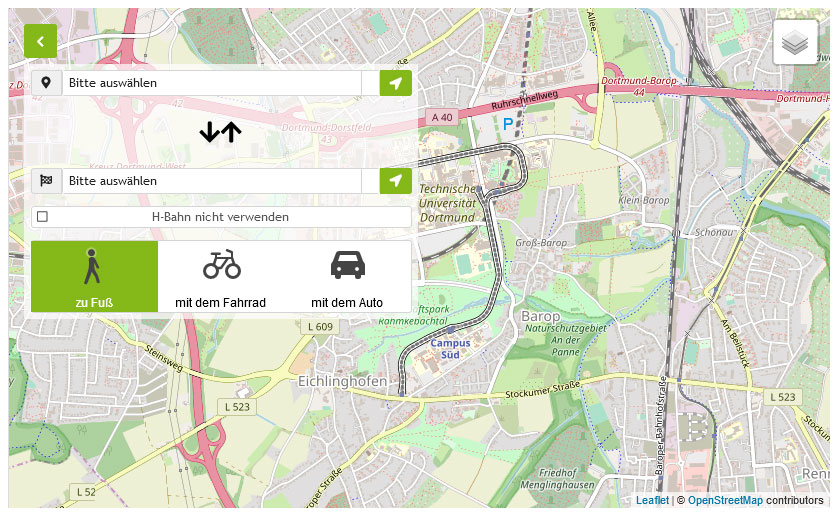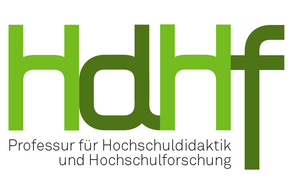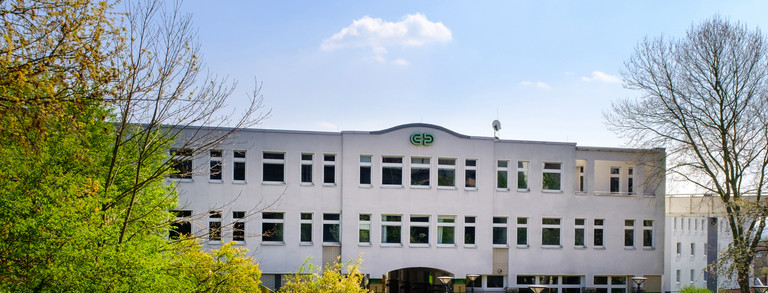Prof. Dr. Vilmantė Kumpikaitė-Valiūnienė et al.
Prof. Vilmantė Kumpikaitė-Valiūnienė, Dr. Jurga Duobienė, Dr. Kęstutis Duoba (Kaunas University of Technology, Lithuania) & Barbara Scharrer (University of Latvia, Latvia; GSK Stockmann, Munich, Germany)
Possibilities and Challenges of the Adjustment of Expatriates – Comparative Perspectives from the Baltic States and Germany

Work-related, global mobility becomes more and more popular. In some countries, such as Germany, the phenomenon has already existed for decades. For the Baltic countries, however, it is quite new. Despite the plethora of career studies as well as studies of diversity and inclusion in organizations we know very little about the organizational factors facilitating and impeding the adjustment of highly-skilled workers. Within the scope of a project with the title "Adjustment of Expatriates in the Baltic States", funded by the Baltic-German University Liaison Office, we have established ground for a pilot study in Estonia, Latvia, Lithuania and Germany. This study investigates the motivations and barriers for work-related mobility of highly-skilled workers, as well as support structures and challenges related to their integration into the local context of their host organisations and host societies. Hereby, we focus on individual and institutionalised support provided by both the sending and receiving environment. During our talk, we will present the preliminary findings of our study and provide an opportunity for discussion from a comparative perspective.
Vilmantė Kumpikaitė-Valiūnienė is a professor at the School of Economics and Management and head of the research group "International Migration" at Kaunas University of Technology (KTU). Her research topics include expatriation management, international migration, human resource training and development, modern teaching/learning methods.
Jurga Duobienė is an assistant professor at the School of Economics and Management at Kaunas University of Technology. Her research focuses on organizational development through internal architecture of corporate entrepreneurship and human resource management.
Kęstutis Duoba is vice-dean for research and former vice-dean for internationalization at the School of Economics and Management at Kaunas University of Technology and associate professor at KTU Digitalization Research Group. His research interests include cooperation of organisations, networked organisations, virtual organisations, virtual workplaces, and management of expatriates.
Barbara Scharrer is a lawyer, of-counsel at the law firm GSK Stockmann, and PhD candidate at the University of Latvia. She is a supervisory board member for a German automobile supplier in Germany and China, and a lecturer at several universities in Germany. Her research focuses on cross-cultural aspects of management within the German, Austrian and Chinese context.
Wednesday, 29 November 2017, 4.00–5.30 p.m. | Vogelpothsweg 78 (CDI building), room 114
Center for Higher Education (zhb)
Professorship of Higher Education





